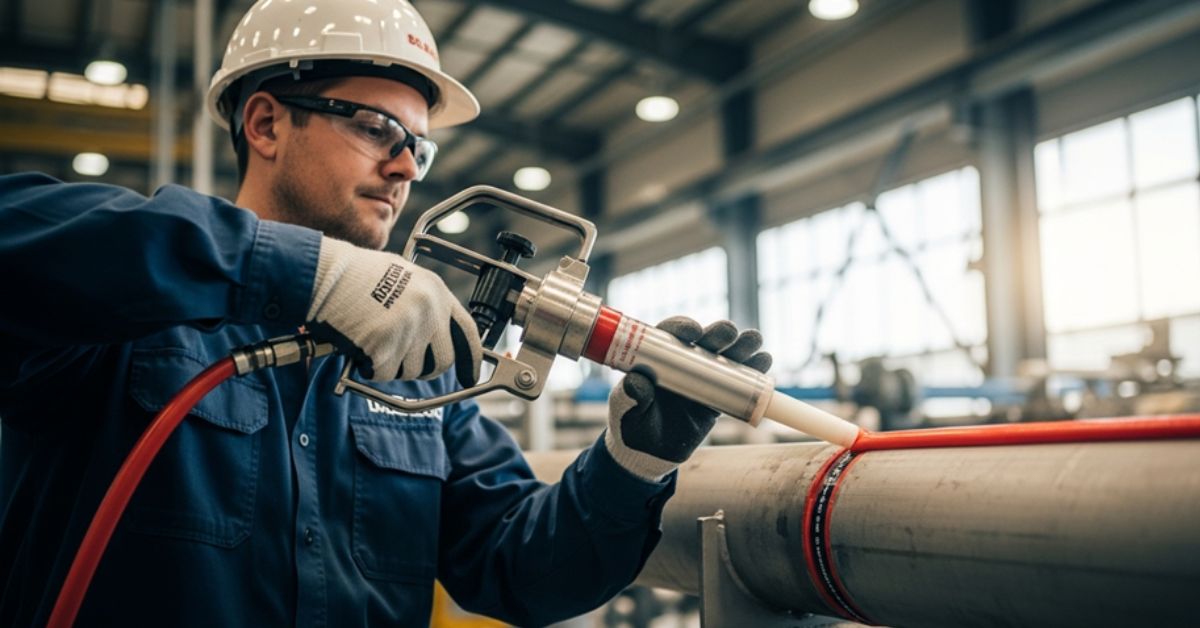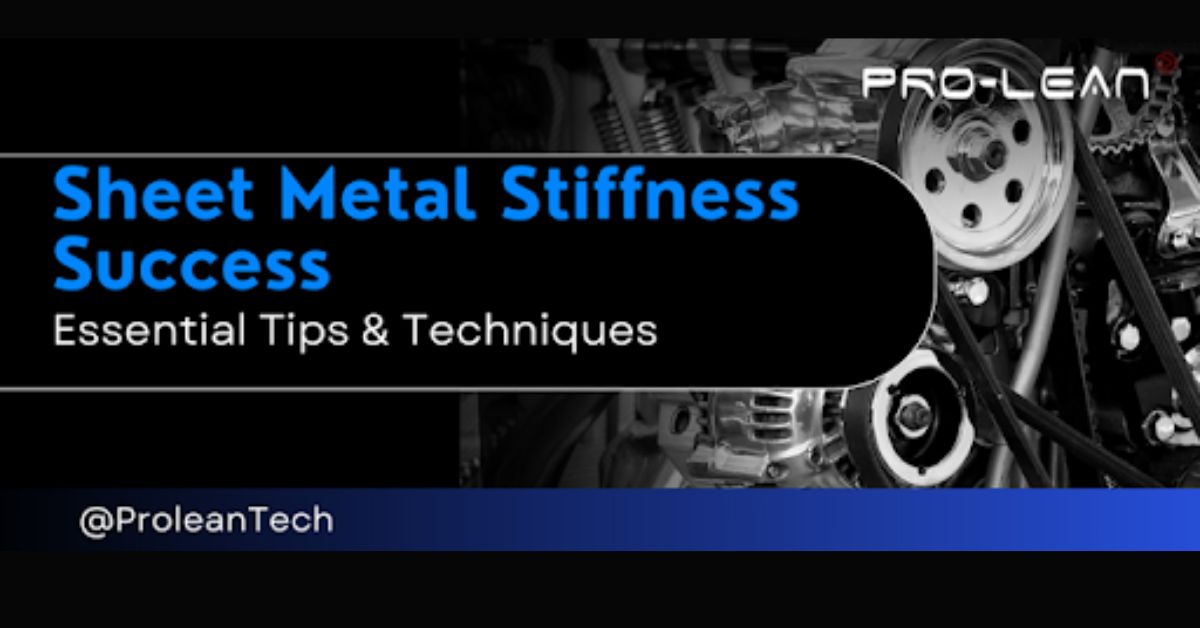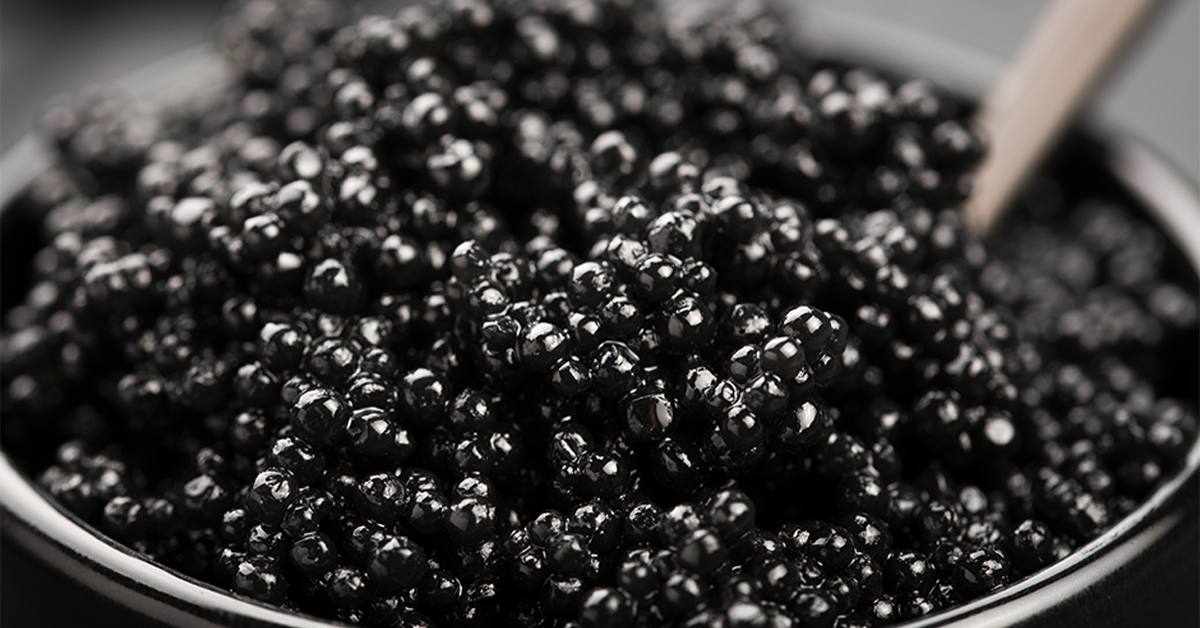In industrial environments where extreme temperatures and harsh operating conditions are the norm, finding the right sealing material can be a challenge. Traditional sealants may break down, lose adhesion, or degrade over time, leading to costly repairs and safety hazards. One solution gaining popularity across heavy-duty manufacturing and high-temperature applications is tetraethyl silicate (TEOS)—a versatile compound known for its heat resistance, chemical stability, and structural integrity. This article explores the benefits, applications, and best practices for using tetraethyl silicate for high-heat industrial sealing.
What is Tetraethyl Silicate?
Tetraethyl silicate (chemical formula: Si(OC₂H₅)₄), also known as ethyl silicate, is an organosilicon compound commonly used in the production of silica and as a precursor in sol-gel processes. It is a colorless liquid with a mild odor and plays a critical role in high-performance coatings, adhesives, and sealing compounds.
When exposed to moisture or certain catalysts, TEOS undergoes hydrolysis and condensation, forming a solid silica (SiO₂) network. This transformation makes it an ideal candidate for applications that demand structural rigidity and resistance to heat or chemical corrosion.
Why Use Tetraethyl Silicate for High-Heat Sealing?
Industrial sealing often involves areas exposed to fluctuating or extreme temperatures, including kilns, boilers, furnaces, foundries, engine parts, and pipelines. Here are some of the top reasons tetraethyl silicate for high-heat sealing in factories is becoming a trusted solution:
1. Exceptional Heat Resistance
Once cured into a silica matrix, tetraethyl silicate can withstand continuous exposure to temperatures over 1000°C (1832°F). Unlike organic polymers or rubbers that degrade under heat, TEOS-derived silica remains stable, making it ideal for high-heat environments.
2. Durability Under Thermal Cycling
Frequent temperature fluctuations can cause conventional sealants to crack or expand unevenly. TEOS cures into a solid, glass-like form that tolerates repeated heating and cooling without compromising its sealing performance.
3. Chemical Inertness
TEOS-derived coatings are resistant to acids, solvents, and other industrial chemicals. This property enhances the longevity of seals in corrosive environments like chemical plants and oil refineries.
4. Bonding Strength
Tetraethyl silicate forms strong adhesion with various substrates, including metal, ceramics, glass, and refractory materials. This makes it suitable for sealing joints, flanges, ducts, and pipes.
Key Industrial Applications
The demand for reliable sealing in extreme conditions spans many industries. Here’s where using tetraethyl silicate for high-heat industrial sealing proves most beneficial:
◉ Metallurgical and Foundry Industries
High-temperature furnaces used in smelting, casting, and metal processing benefit from TEOS-based sealants to prevent heat loss, control emissions, and improve safety.
◉ Petrochemical Facilities
In oil and gas processing, pipelines and pressure vessels operate under extreme temperatures and chemical exposure. TEOS ensures airtight, corrosion-resistant seals that meet regulatory standards.
◉ Power Generation Plants
Gas turbines, exhaust systems, and boilers require sealing materials that won’t degrade or emit volatile compounds under heat. TEOS-based products deliver long-term performance in these settings.
◉ Glass and Ceramic Manufacturing
Where precise temperature control and structural integrity are critical, TEOS helps seal joints and cracks in kiln structures, preventing energy losses and structural failure.
Product Formats and Usage
Tetraethyl silicate is available in various formulations, including:
- Pure Liquid TEOS: Used as a precursor in sol-gel processes.
- Pre-formulated Sealants: Ready-to-use blends with fillers and catalysts for industrial sealing.
- TEOS-Based Coatings: Applied to surfaces needing thermal protection.
For sealing purposes, workers often apply TEOS-based compounds using brushes, injectors, or spray systems depending on the application area. Once exposed to moisture or heat, the compound undergoes hydrolysis and begins curing into a silica network.
Proper curing conditions are crucial. For optimal performance, maintain adequate ventilation, ambient humidity, and temperature as specified by the product manufacturer.
Safety Considerations
Though highly effective, tetraethyl silicate is a flammable liquid and can be hazardous if not handled properly. Some key safety tips include:
- Use protective gloves and eye shields when applying TEOS.
- Ensure adequate ventilation in enclosed spaces.
- Store in tightly closed containers away from heat or ignition sources.
- Follow local environmental and safety regulations during disposal.
When applied and cured properly, TEOS-based seals are stable, non-toxic, and environmentally safe.
Real-World Example: Factory Furnace Sealing
An industrial ceramics manufacturer sought a high-heat sealing material for their tunnel kilns, which operated at over 1000°C. Traditional cement-based sealants frequently cracked, leading to heat loss and unplanned maintenance. After switching to a TEOS-based solution, the company reported:
- A 40% reduction in maintenance downtimes
- Improved heat retention, lowering fuel consumption
- Extended service life of kiln components
This case underscores the value of tetraethyl silicate for high-heat sealing in factories, especially when durability and temperature stability are required.
Environmental Impact
Compared to traditional sealants and high-VOC materials, TEOS offers a more sustainable solution. Once cured, it produces low emissions, has excellent longevity (reducing waste), and can help facilities lower their energy usage by minimizing heat escape through joints and seals.
Future Outlook and Innovations
The adoption of TEOS is likely to expand as industries move toward safer, more efficient, and environmentally friendly manufacturing practices. Emerging advancements include:
- Nano-structured TEOS coatings for better thermal insulation
- Hybrid TEOS-organic composites offering enhanced flexibility
- Automation-friendly formulations for robotic sealing systems
As material science progresses, TEOS is set to play a larger role in sealing and coating technologies across industrial sectors.
Conclusion
When it comes to sealing in high-temperature, chemically harsh, or thermally volatile environments, tetraethyl silicate offers a combination of strength, reliability, and adaptability that few materials can match. Whether you’re managing a metal furnace, power plant, or chemical processing unit, using tetraethyl silicate for high-heat industrial sealing is a proven, cost-effective strategy.
Its ability to transform into a tough, heat-resistant silica matrix makes it particularly valuable in settings where traditional sealants fail. As more industries seek materials that deliver longevity, energy efficiency, and safety, TEOS stands out as a forward-thinking solution.










